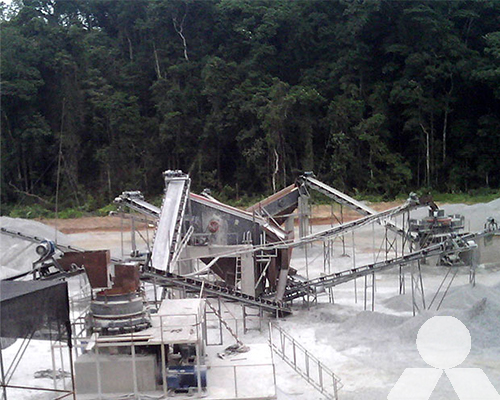Second-Hand Ballast Crusher Sale in Australia
In the realm of construction, efficient materials’ utilization is not just a trend but a necessity. In Australia, a significant practice has emerged in the reuse of ballast crushers, which are pivotal in producing crushed stone used in building robust roadbeds, railway tracks, and more. The market for second-hand ballast crushers has seen a surge in Australia, reflecting the construction industry’s shift towards sustainable practices and cost-efficiency. This article delves into the intricacies of second-hand ballast crusher sales in Australia, exploring the reasons behind its popularity, the precautions buyers should take, and the impact on the construction sector.

1. Understanding the Appeal
The primary appeal of second-hand ballast crushers in Australia hinges on cost savings. These machines, often robust and with years of operational life left, are available at a fraction of the cost of new units. This affordability is particularly attractive to small and medium-sized construction companies on tight budgets, allowing them to compete more effectively in the market.
Environmental sustainability is another driving force. By reusing ballast crushers, companies minimize the carbon footprint of manufacturing new machines, aligning with global sustainability goals and environmental protection regulations prevalent in Australia. This practice also resonates with the growing eco-consciousness among clients, often influencing contract opportunities.
2. The Economic Ripple Effect
The sale of second-hand ballast crushers contributes to a vibrant and competitive market. It stimulates the economy as savings from equipment expenditure potentially redirect to other facets of a business, including workforce expansion, training, or investment in other resources. Moreover, it creates a niche of refurbishment and reselling businesses, further adding to job creation and economic activity.
3. Buyer’s Due Diligence
Purchasing a second-hand ballast crusher requires thorough due diligence to ensure the machine’s integrity and longevity. Buyers should verify the equipment’s history, understand any prior operational issues, and confirm that the machinery meets safety standards. Inspections by a qualified engineer and operational tests are advisable to avoid future operational failures and unexpected repair costs.
4. Regulatory Compliance and Quality Assurance
While second-hand equipment may be cost-effective and environmentally preferable, companies must ensure these used machines comply with Australia’s stringent construction and environmental regulations. Additionally, the crushers need to produce ballast to the required size specifications with consistency, ensuring the safety and stability of the resulting infrastructure.
5. Future Implications
The trend of utilizing second-hand ballast crushers is likely to continue given the growing emphasis on sustainable construction practices and economic pragmatism. However, continuous innovation and technology integration in newer models may pose a challenge, pushing companies to balance between cutting-edge efficiency and cost-saving measures.
In conclusion, the second-hand ballast crusher market in Australia is a byproduct of an industry striving for sustainability and economic sensibility. While the trend benefits various stakeholders, it necessitates a thorough understanding of equipment history, strict adherence to regulatory standards, and an eye on technological advancements. As the construction sector evolves, so too will the strategies companies employ to remain competitive and responsible in their business practices.









